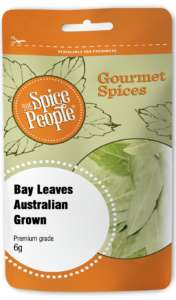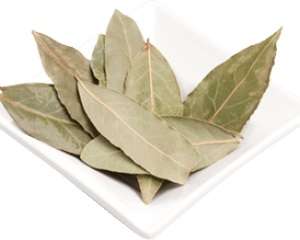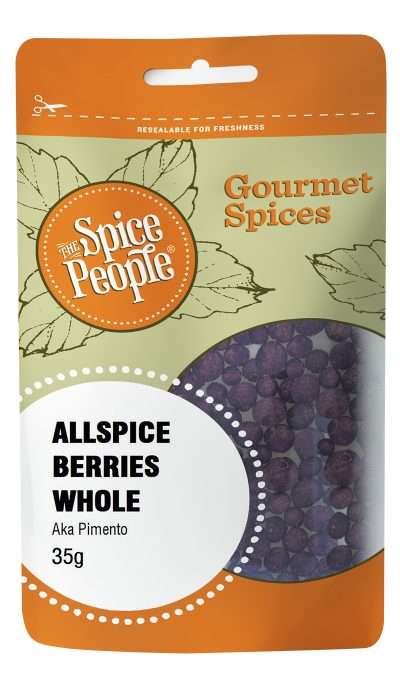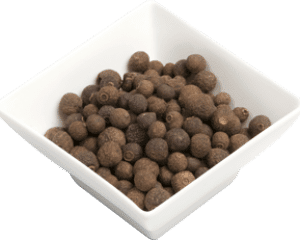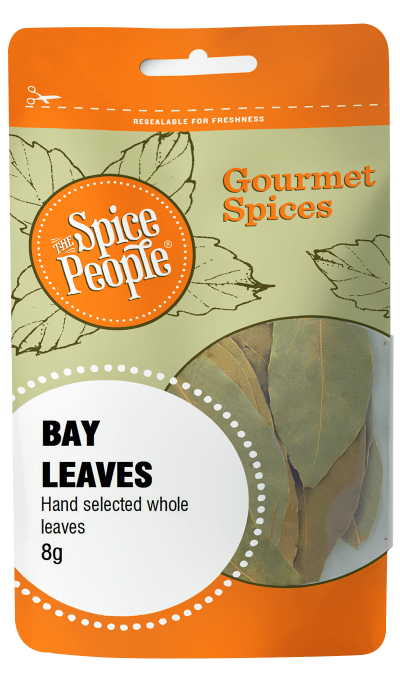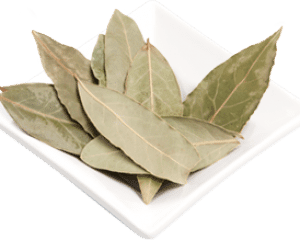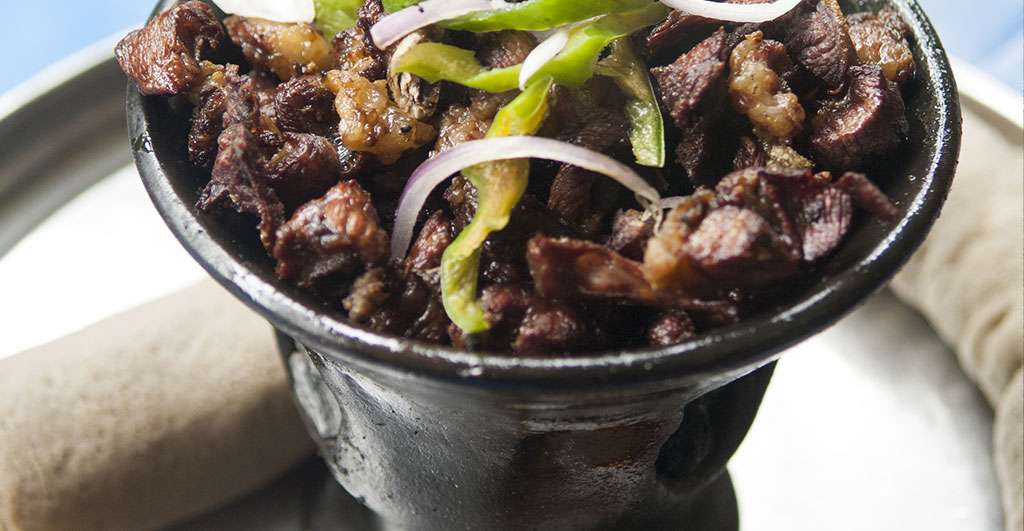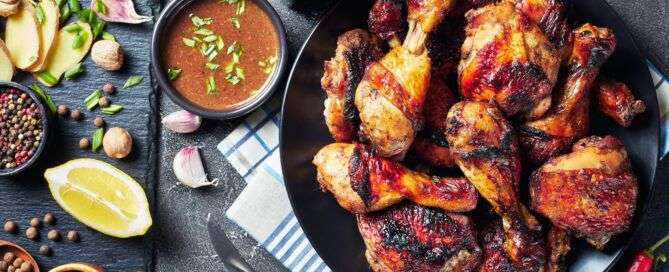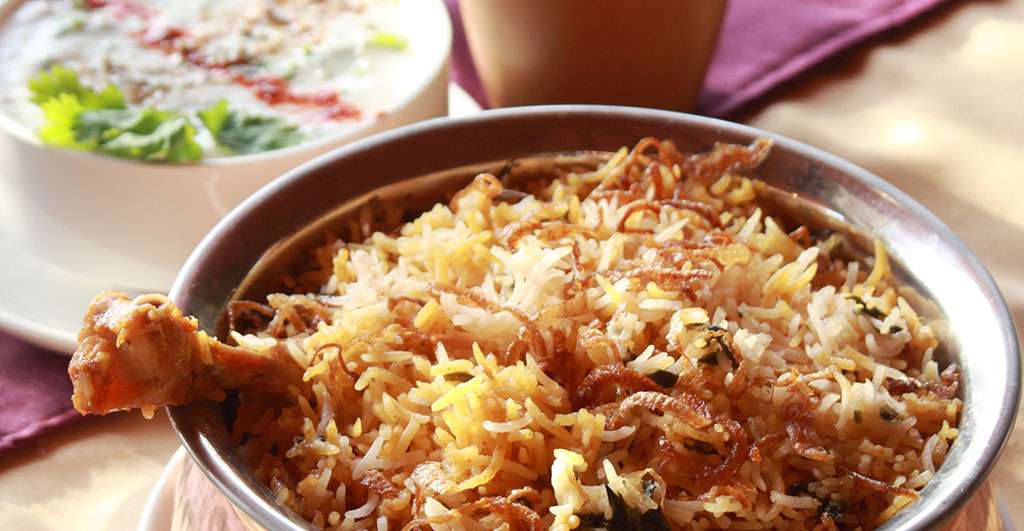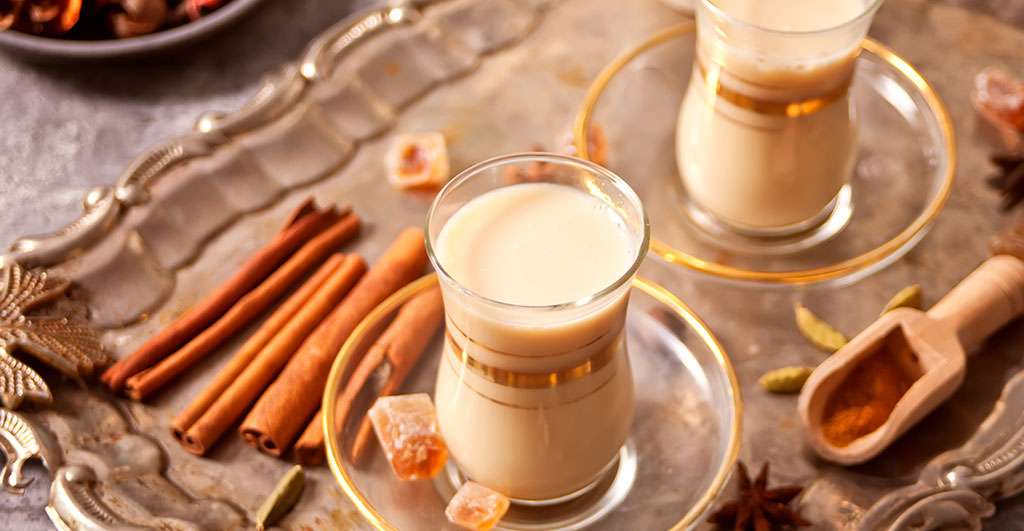Thyme Leaves – Australian grown-15g
12 in stock
Product description
Thyme leaves are a perennial herb from the mint family originally native to the southern Europe and Mediterranean regions, and a great ingredient for daily cooking. Its dried leaves are gray-green leaves, and it has an herbaceous, minty, light-lemon aroma and mint and lemon flavour. It can be added to soups, stews, clam chowder, stuffing, gumbos, heartier sauces, sausages, roast chicken or pork, and many vegetable dishes, or fish. Its mint-like flavour that pairs well in most dishes. Its characteristic astringency counteracts rich and fatty foods. These are 100% Australian-grown Thyme Leaves that are harvested at their peak and sun-dried to lock in their flavour and aroma. Australian-grown Thyme Leaves are grown, harvested, dried, and processed all on home soil.
Flavour Notes:
Thyme leaves are a perennial herb from the mint family originally native to the southern Europe and Mediterranean regions, and a great ingredient for daily cooking. Its dried leaves are grey-green leaves, and it has a herbaceous, minty, light-lemon aroma and mint and lemon flavour. It can be added to soups, stews, clam chowder, stuffing, gumbos, heartier sauces, sausages, roast chicken or pork, and many vegetable dishes, or fish. Its mint-like flavour that pairs well in most dishes. Its characteristic astringency counteracts rich and fatty foods.
Culinary Notes:
Derived from the Mediterranean, Thyme is a herbaceous, minty, light-lemon scented herb with a mint and lemon flavour that works beautifully with so many flavours in meat, vegetable and seafood dishes. It can even be paired with citrus flavours in sweet dishes.
Health Benefits:
Thyme contains principles that have disease preventing and health benefits, offering high levels of quality phytonutrients, minerals and vitamins that are essential for optimum health. It contains thymol, one of the important essential oils, which has antiseptic, and anti-fungal characteristics. It can be used in a hot drink to soothe a sore throat, painful cough or bronchitis. It also contains one of the highest antioxidant levels among herbs. Its leaves are one of the richest sources of potassium, iron, calcium, manganese, magnesium, and selenium. It is a source of vitamins like B-complex, vitamin-A, vitamin-K, vitamin-E, vitamin-C, and folic acid.
Ingredients:
100% dried Australian Thyme Leaves
How to use
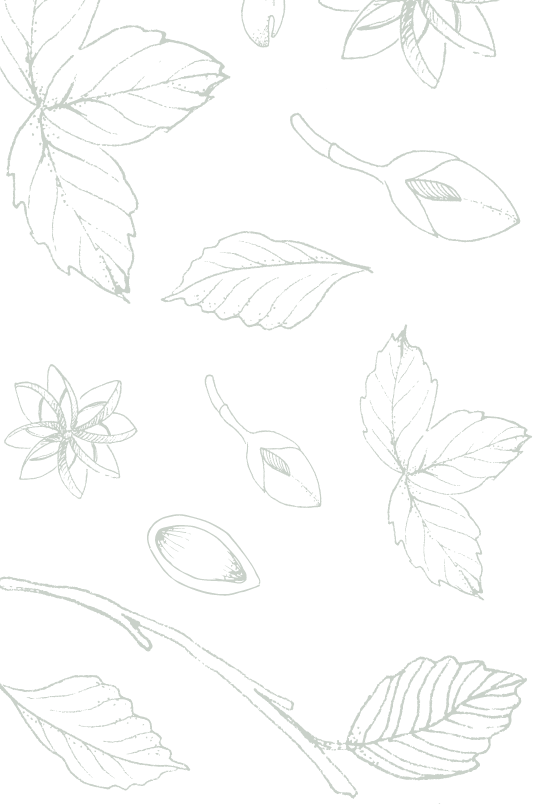
The Spice People FAQs


The Spice People FAQs
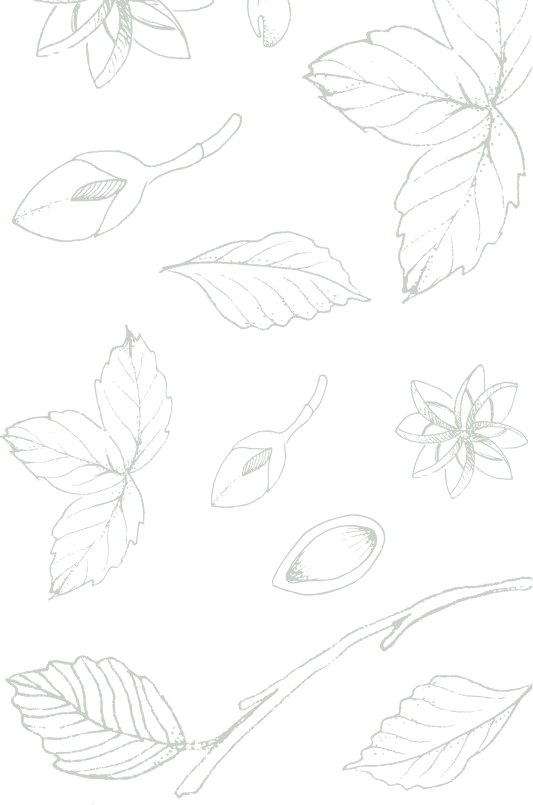
Other Spices you may like
Featured in



Join the Spice People for 10% off* your first order!
Be the first to hear about our exclusive promotions, new product releases, recipes and more.








